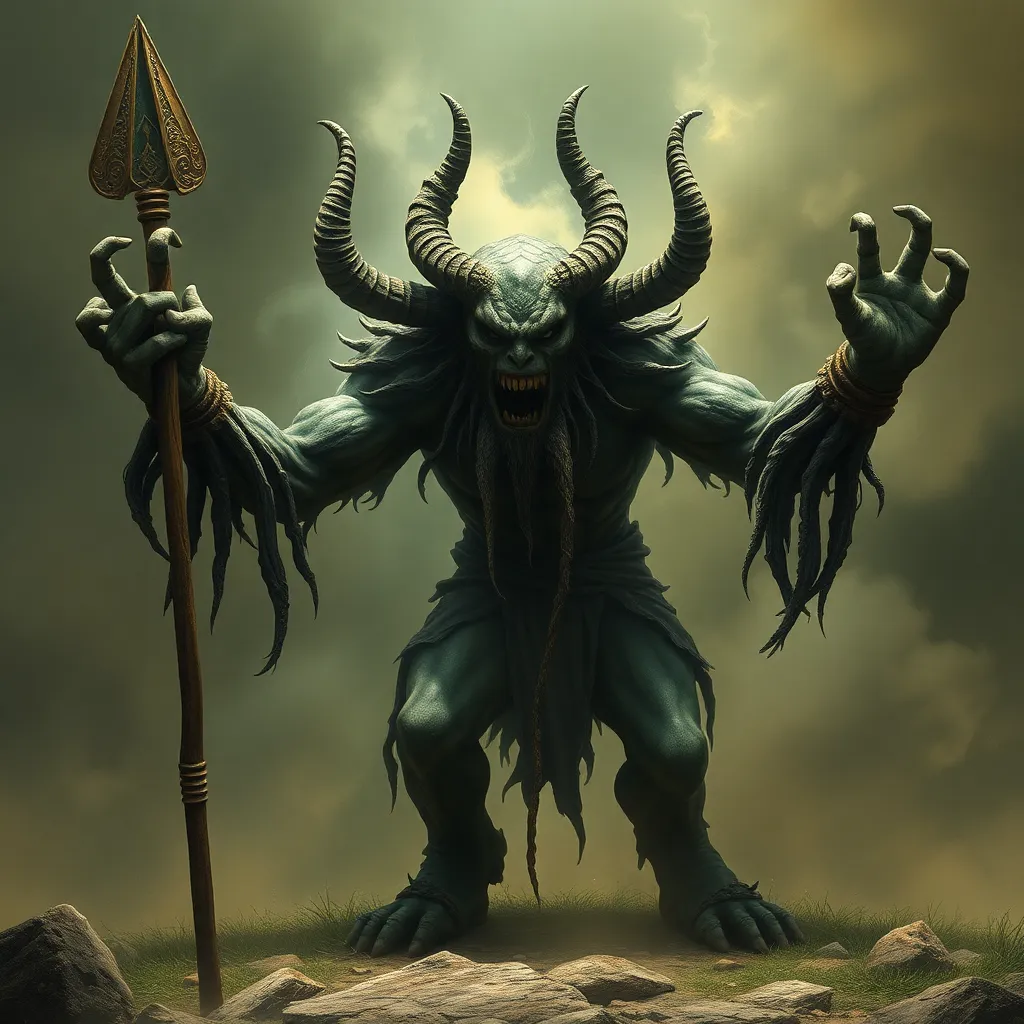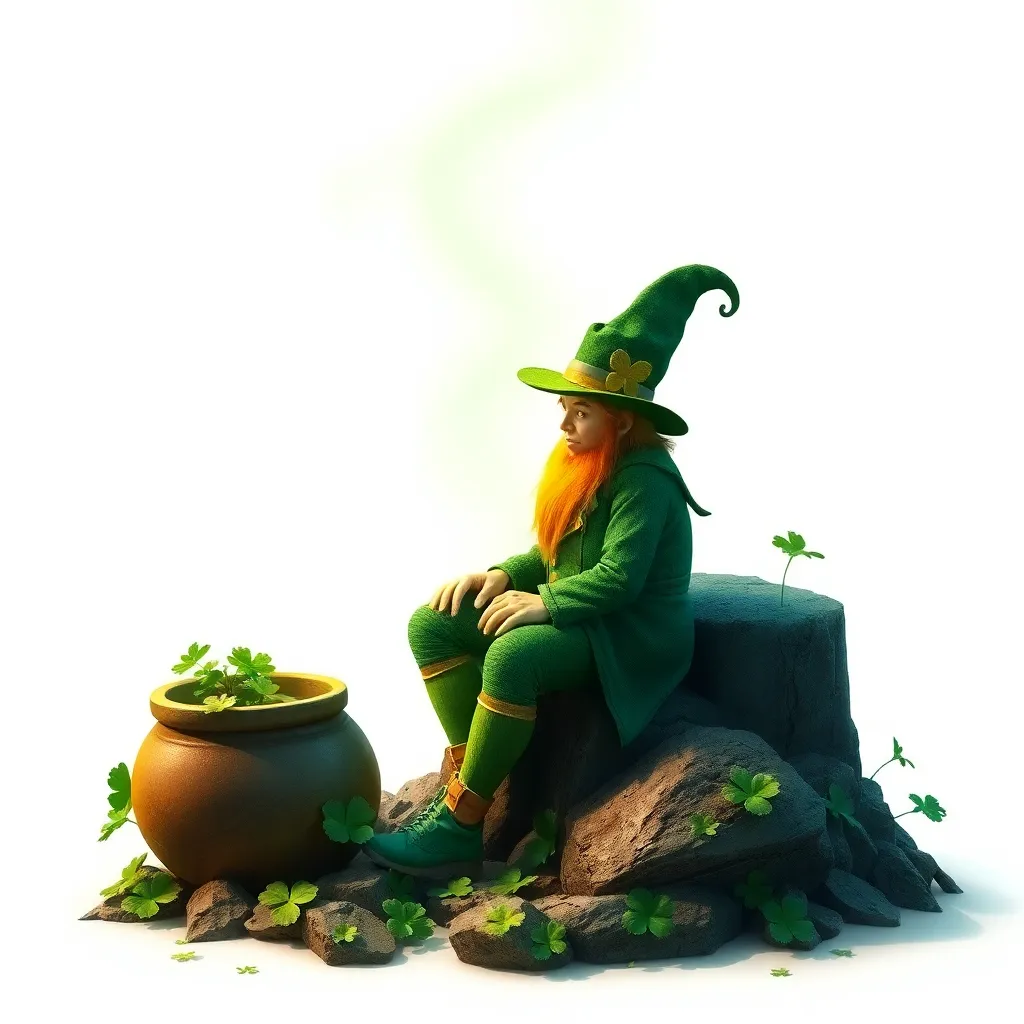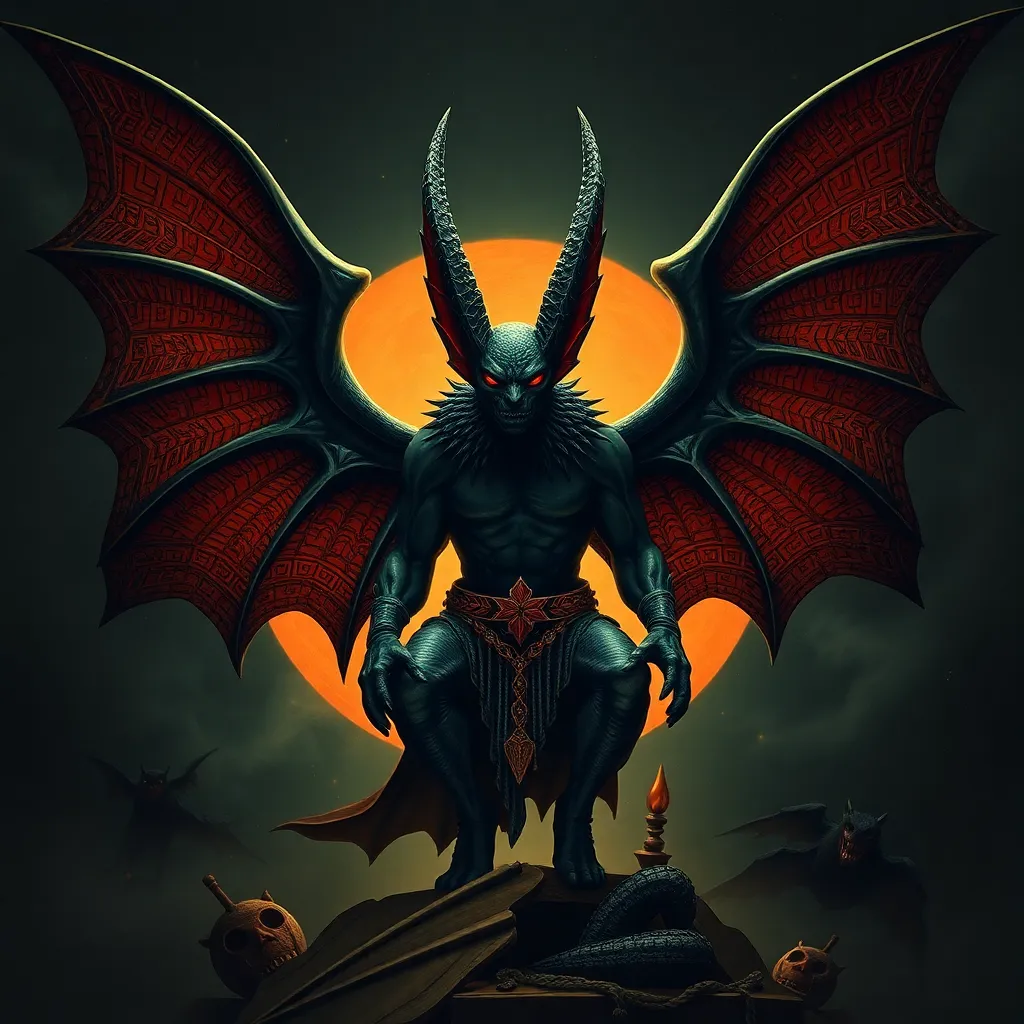The Camazotz Dance: A Celebration of the Bat God and His Power
I. Introduction
Camazotz, a prominent figure in Mesoamerican mythology, represents the Bat God revered by ancient civilizations such as the Maya and Aztecs. Often associated with night, death, and transformation, Camazotz embodies powerful forces within the natural world. This article explores the significance of the Bat God in cultural and religious practices, focusing on the Camazotz Dance—a vibrant ritual celebrating his legacy. We will delve into the historical context, performance elements, and modern adaptations of this dance, illuminating its cultural importance.
II. Historical Context of Camazotz
The origins of Camazotz trace back to ancient Mesoamerican beliefs, particularly within Mayan and Aztec cultures. The Bat God is often depicted as a creature that merges the characteristics of a bat and a human, symbolizing duality and the interconnectedness of life and death.
A. Origins of the Bat God in Ancient Mayan and Aztec Beliefs
In Mayan mythology, Camazotz is associated with the underworld and is often linked with the sun’s setting and the onset of night. The Aztecs, too, revered this deity, incorporating him into their pantheon as a guardian of the underworld and a symbol of sacrifice.
B. Mythological Narratives Surrounding Camazotz
Myths surrounding Camazotz frequently depict him as a fearsome creature, capable of bringing darkness and death. Notably, he appears in the Popol Vuh, the sacred text of the Maya, where he plays a significant role in the story of the Hero Twins, embodying the trials they must face.
C. Camazotz’s Role in the Underworld and Its Symbolic Meanings
Camazotz’s association with the underworld symbolizes the cycle of life and death, representing the transformative power of nature. His presence in rituals signifies the importance of acknowledging death as a part of life, a theme deeply rooted in Mesoamerican spirituality.
III. The Camazotz Dance: An Overview
The Camazotz Dance serves as a dynamic expression of reverence for the Bat God, encapsulating the essence of Mesoamerican culture through movement and rhythm.
A. Description of the Dance and Its Primary Elements
The dance features intricate movements that mimic the fluttering of bats. Dancers don elaborate costumes, often representing the Bat God, and incorporate symbolic gestures that reflect themes of life, death, and rebirth.
B. Cultural Significance and Purpose of the Dance
The Camazotz Dance is more than just a performance; it is a ritual that strengthens community bonds, honors ancestors, and celebrates agricultural cycles. It serves as a reminder of the interconnectedness between humanity and nature.
C. Connection Between the Dance and Agricultural Cycles
Traditionally, the dance is performed during key agricultural festivals, marking important seasons such as planting and harvest. The Bat God is invoked to ensure bountiful crops and protect the community.
IV. Rituals and Preparations for the Dance
Preparing for the Camazotz Dance involves a series of traditional practices that engage the community and emphasize the dance’s significance.
A. Traditional Practices Leading Up to the Event
In the weeks leading up to the dance, communities engage in various rituals, including offerings to the Bat God, cleansing ceremonies, and collective prayers, creating an atmosphere of anticipation and reverence.
B. Clothing, Masks, and Symbols Associated with the Dance
Dancers typically wear colorful costumes adorned with symbols of bats, feathers, and traditional patterns, representing the Bat God’s attributes. Masks are intricately designed to enhance the connection with the deity and to embody his spirit during the performance.
C. Role of Community and Participants in the Preparations
- Community members come together to create costumes and masks.
- Local artisans may be involved in crafting the intricate designs.
- Everyone participates in rehearsals, ensuring a cohesive performance that reflects communal unity.
V. The Performance of the Camazotz Dance
The performance itself is a captivating spectacle that showcases the rich cultural heritage of Mesoamerica.
A. Detailed Description of the Dance Movements and Choreography
The choreography integrates fluid movements that evoke the flight of bats, characterized by sweeping arms and rhythmic footwork. Dancers often form formations that mimic bat colonies, enhancing the visual impact of the performance.
B. The Music, Instruments, and Rhythms Used During the Performance
Traditional instruments such as drums, flutes, and rattles create a pulsating rhythm that drives the dance. The music is both energetic and meditative, reflecting the dual nature of the Bat God.
C. Audience Participation and Communal Experience During the Dance
Audiences are encouraged to participate, clapping and chanting along with the music, fostering a sense of shared experience. This collective engagement reinforces the dance’s role as a community celebration.
VI. Symbolism and Meanings Behind the Dance
The Camazotz Dance is rich in symbolism, reflecting the attributes of the Bat God and the deeper themes of existence.
A. Interpretations of the Bat God’s Attributes Reflected in the Dance
The dance embodies Camazotz’s qualities—his connection to the underworld, his role as a guide for souls, and his representation of transformation. Each movement serves to honor these attributes, creating a narrative through dance.
B. Themes of Life, Death, and Rebirth Represented Through the Performance
The cyclical nature of life is a recurring theme in the dance. Movements symbolize death and the promise of rebirth, underscoring the importance of acknowledging the full spectrum of existence.
C. The Dance as a Medium for Storytelling and Preserving Traditions
Through the dance, stories of the Bat God and Mesoamerican mythology are passed down through generations. It serves as a living archive of cultural heritage, preserving the identity and beliefs of the community.
VII. Modern Adaptations and Celebrations
As with many traditional practices, the Camazotz Dance has evolved, adapting to contemporary contexts while retaining its core significance.
A. Contemporary Interpretations of the Camazotz Dance in Festivals
Modern festivals often incorporate the Camazotz Dance into broader celebrations of Mesoamerican culture, attracting tourists and fostering cross-cultural exchanges. These adaptations may include fusion with other dance styles, enriching the performance.
B. Impact of Globalization on Traditional Practices
Globalization has introduced challenges and opportunities for traditional dances like the Camazotz. While some elements may be diluted, awareness and appreciation for Mesoamerican cultures have increased, leading to a resurgence in traditional practices.
C. Efforts to Preserve and Promote the Cultural Significance of the Dance
Community leaders and cultural organizations are actively working to keep the Camazotz Dance alive. Workshops, educational programs, and performances are organized to engage younger generations and ensure the continuity of this vital cultural practice.
VIII. Conclusion
The Camazotz Dance stands as a powerful testament to the rich cultural heritage of Mesoamerica, celebrating the Bat God and the themes of life, death, and transformation. Its enduring legacy reflects the importance of honoring traditions while adapting to modern contexts. As we appreciate the intricacies of this dance, we are reminded of the significance of cultural heritage and the vital role it plays in shaping identities. Supporting and participating in such rituals not only enriches our understanding but also fosters a deeper connection to the shared human experience.



